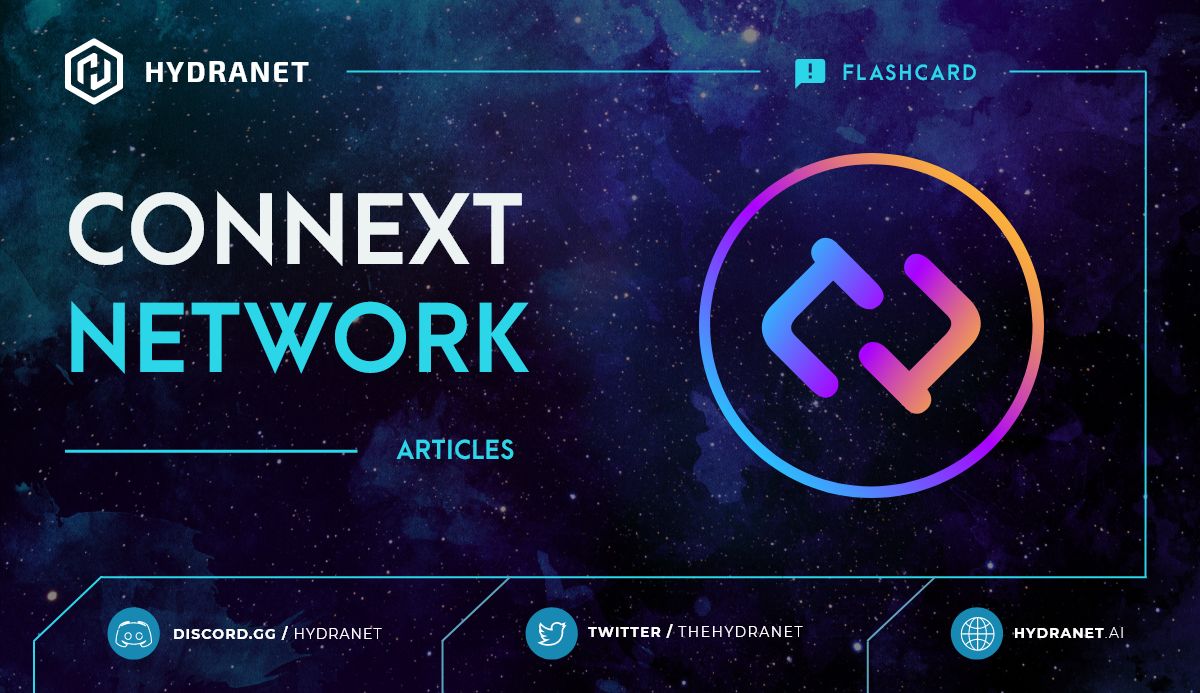Ethereum was created to facilitate an open-source blockchain on which anyone could build functionality using smart contracts. The way it is constructed makes it easy for users to deploy tokens, oracles, collectibles and even build decentralized exchanges on the blockchain. All the user needs is to be familiar with the standardized protocols that exist. The flexibility that Ethereum facilitates has unfortunately become its nemesis. Because with its ever-growing popularity and occupation, the Ethereum blockchain gradually becomes congested. Which have resulted in skyrocketing gas fees and long transaction confirmation times, something we probably all have experienced. Different scaling solutions try to solve these problems. We covered some Layer 2 (L2) scaling solutions in the Blockchain Layer article and in this article we are going to cover the Connext network and why the Hydranet DEX uses it.
The Connext network is an infrastructure layer built on top of the Ethereum blockchain and other EVM-based chains. It enables instant, cheap and private high volume trading between two peers using state channels. It is actually an analogous solution to the Lightning Network, but for Ethereum-based assets. The state channels in the Connext network are similar to the payment channels in the Lightning Network, which means that the process to open, trade and close a state channel is similar to that of operating a payment channel:
Two peers deposits their funds into a multisignature smart contract. They are still in custody of their funds since the funds are still present on the blockchain, but they are now also available on the state channel.
The peers transact on the state channel how many times they want. Each transaction updates their balances. No other fee than the initial asset deposit fee is applied.
When either party is done transacting the state channel is closed. The latest state of the channel is broadcasted to the blockchain which unlocks the funds and sends the correct amount to each party.
Just as for the Lightning Network, the state channels in the Connext Network are ideal for one-to-one transactions but less practical in scenarios with transactions between several parties. The Connext Network however features a hub-and-spoke topology, which enables seamless connections to other clients connected to the same hub. More about the hub-and-spoke topology can be found in the Lightning Network article.
The Connext Network also solves another important topic, namely interoperability. At least among EVM-based chains. As of 2022, the Connext Network supports 17 EVM-based chains. The main ones being: Ethereum, Binance Chain, Polygon, Avalanche, Arbitrum, Phantom, Gnosis Chain and Optimism. All of these chains are included in the Connext Network architecture of HUBs, which means that users can transact assets across these chains for virtually no cost. More about the Connext Network can be found on their website. Through their explorer (Connextscan) you can follow the weekly trading volume, weekly number of transactions and Total Value Locked in HUBs per chain.
The Hydranet DEX will be using the Connext Network for its state channels and cross-chain interoperability among its many connected EVM-based chains. The Connext Network will be interconnected with the Lightning Network on Layer 3 to facilitate BTC-ETH compatible trades using native assets for virtually no transaction fees.


Leave a Comment